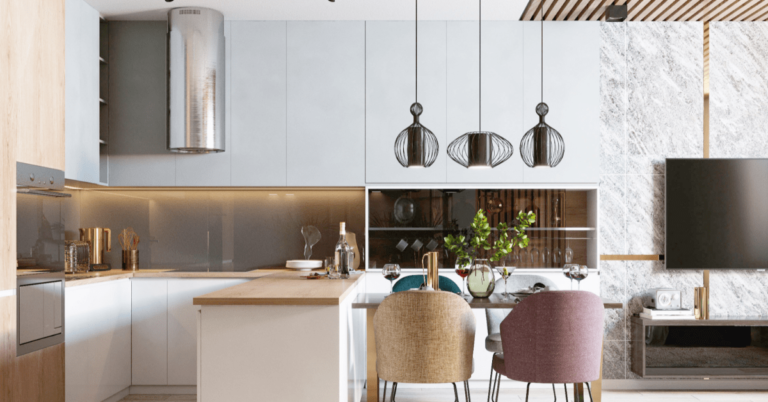When embarking on a home renovation, especially in older residences, the decision of what to retain and what to change can often feel daunting. While modernizing your space to meet contemporary standards is essential, some irreplaceable elements in older homes are too valuable to overlook. These original details tell the story of your home’s history and offer a unique charm that new builds simply cannot replicate. Here, we explore five original home details that designers recommend preserving whenever possible.
1. The Heart of the Home: Fireplaces and Mantels
The fireplace often serves as the heart of a historic home, acting as both a functional piece and a stunning focal point. Interior designers emphasize the importance of keeping original fireplaces and mantels, noting that “the craftsmanship and materials found in older homes’ fireplaces are hard to match today,” says Audrey Scheck, an acclaimed interior designer.
Benefits of Preserving Fireplaces:
- Aesthetic Appeal: An intricately designed mantel or a beautifully carved surround adds elegance and character to any space.
- Functional Updates: If your original fireplace is no longer functional, consider updating the internal components for modern use while preserving the visual appeal of the original structure.
2. Timeless Beauty: Millwork
Millwork, which includes crown molding, paneling, and decorative trim, is another detail that designers strongly urge homeowners to keep. Historic homes are often graced with millwork crafted from high-quality woods such as mahogany or walnut. These elements not only add depth and texture to a room but also exude an old-world charm that’s nearly impossible to replicate in newer constructions.
Transforming Millwork:
- Preservation Techniques: If the millwork feels too dark or heavy for your desired aesthetic, consider painting it instead of removing it. A fresh coat of paint can breathe new life into these architectural gems while maintaining their original integrity.
3. Staircases that Tell a Story
An ornate staircase is often one of the most eye-catching elements in a historic home. Whether adorned with intricate balustrades or elegant wooden steps, original staircases bring unique personality and charm. Scheck emphasizes, “Staircases are central to the history of the home, and their preservation maintains the soul of the structure.”
Staircase Preservation:
- Refinishing vs. Replacement: Rather than replacing the staircase, refinishing or repairing it can maintain the historic feel while ensuring its longevity.
4. The Charm of Hardwood Floors
Original hardwood floors are a treasure worth preserving. Even if they are scratched, worn, or creaky, their authenticity adds warmth and charm to a home. According to designer Paul Clayton, “Hardwood floors provide texture and character that modern materials can’t replicate.”
Restoration Options:
- Repairing vs. Replacing: If the floors are too damaged to restore, consider replacing them with similar materials to maintain the home’s historic look. Preserving or matching the original wood keeps the integrity of the space intact.
5. The Allure of Exposed Brick
Exposed interior brick walls are a highly sought-after feature in older homes. The natural texture and warmth they bring to a room are hard to match. Designers suggest keeping exposed brick whenever possible, as it adds both architectural interest and historical significance.
Long-Term Considerations:
- Paint vs. Natural Finish: While painting over brick can offer a modern update, it’s crucial to consider the long-term impact of covering such a valuable feature. Scheck warns, “Once you paint over original brick, it’s nearly impossible to go back. Make sure the decision aligns with the vision for your home, as raw brick tells a story that’s hard to replace.”
Conclusion
Preserving original details in older homes is an essential home improvement practice that not only enhances their beauty but also honors their rich history. By maintaining elements like fireplaces, millwork, staircases, hardwood floors, and exposed brick, homeowners can ensure their spaces remain unique, charming, and inviting for years to come.

